Book Review 2018 #8 - Tasha Alexander's Death in the Floating City
 Death in the Floating City by Tasha Alexander
Death in the Floating City by Tasha Alexander
Published by: Minotaur
Publication Date: October 16th, 2012
Format: Hardcover, 320 Pages
Rating: ★★★★★
To Buy
As a child there is always that one person whom you are thrust into a relationship with because of your parents. The greatest joy of growing up is that there comes a time when you no longer have to associate with them and can relegate them to your past. Which is exactly what Emily did with Emma Callum. Emma ran off with an Italian Duke and Emily never thought of her again. Until Emma reached out for help. She had heard of Emily's success in solving crimes and is in desperate need of her assistance. Stranded in Venice Emma doesn't even speak Italian and her father-in-law Conte Barozzi has gone and gotten himself murdered and her husband Paolo is missing. If there was ever a time for Emily's help it is now. But even murder can't fully change someone and as Emma flirts with Emily's husband Colin instead of answering their questions Emily wonders if it was wise to help her old nemesis. Though Emily and her husband are professionals and they will do the job asked of them despite the hindrance of Emma. Their first clue is a ring that was found on the Conte's body and a historian is needed.
Luckily when they arrived in Venice a note was waiting at their hotel from a local scholar turned bookseller inquiring after the ring. Emily is hoping Signore Caravello can help answer a few questions as to the ring's provenance. With his magnifying glass he finds two initials next to the maker's mark, BB and NV. Because the ring was found in the possession of a Barozzi, it's assumed that this belonged to some relative. Emily, now with the help of Singnore Caravello's daughter Donata, searches for this relative and finds Besina, who lived in the 15th century. Yet their one hope of confirming her as the ring's owner is dashed when the painting that just might have shown her wearing it is vandalized. What's more the Barozzis sworn enemies, the Vendelinos, swear that the ring is theirs and has been missing for centuries. Soon Emily and Colin are juggling not just a murder, but valuable missing books, a possibly forgotten legacy, a medium whose reputation was destroyed, the Conte's probable mistress and her jealous husband, and most disturbing of all, a person dressed as a plague doctor following Emily through the canals of Venice. Yet the crucial question is, can they solve the crime in the present by finding out what happen to Besina all those years ago?
There is a plethora of books set in Venice, and the truth is the setting doesn't make the book but a well written book can make the setting, forever linking the two in your mind. Death in the Floating City perfectly fits into the pantheon of books set in Venice that were instant classics for me, from Daphne Du Maurier's Don't Look Now to Mary Robinette Kowal's Valour and Vanity to Susanna Clark's Jonathan Strange and Mr. Norrell. These are all books that show Venice as imperfect yet lead you to fall in love with the city despite it's issues. I'm not talking about the fact that it's sinking into the seas, but the Italian way of life as it was back in the day. As I think of it in my mind as women's rights, marriages, and whores oh my. Courtesans, mistresses, and illegitimate children were all par for the course in Venice. What's so fascinating though is the way Tasha writes so that there's our modern POV then there's Emily's POV, which is Victorian but constantly working to break the shackles and think more modern, and then the Venetian POV which is far more fluid and modern, but that fluidity and the resultant issues drives the plot forward. It's literally a culture clash at it's most dramatic and I couldn't put it down.
What really drove the narrative in this installment was that the secondary story instead of being journals or letters that are concurrent with our story was instead the story of Besina and her ill fated love to Nicolo Vendelino way back in 1489. At first I was prejudiced against this story because being set in Italy and the couple in question being from warring houses I was sure this would be Tasha's take on Romeo and Juliet and personally, that isn't a favorite play of mine. Yes, it's a classic, I mean, it's Shakespeare after all, but not all Shakespeare floats my boat. Oh how wrong I was to compare it to that play of the Bard's. This secondary storyline soon became my favorite part of Death in the Floating City and I had to restrain myself from jumping ahead to see how it played out. The best way I can describe the story of Besina and Nicolo is that it's like Sarah Dunant decided to write her version of Drake Carne and Morwenna Chynoweth's star-crossed romance from Poldark. Much as with the two young lovers on Poldark, my heart was continually breaking, hoping for Besina to break free and be with Nicolo. Their story is tragic and heartbreaking and achingly perfect. Because, if I'm being honest, much like how Shakespeare wrote Romeo and Juliet, sometimes perfection isn't a happily ever after.
Even though my attachment to Besina and Nicolo is the reason I lost my heart to this book I can not discount all the other awesomeness contained within the pages of Death in the Floating City. The menacing plague doctor like the "child" in the raincoat in Don't Look Now is haunting, but that's just the tip of the iceberg! There's Caterina Brexiano, the maligned medium! There's Brother Giovanni with his knowledge of books and his hunt for the truth. As for the books? Oh dear me, I swoon at the valuable books and illuminated manuscripts contained within these pages. But the vapors don't stop there. The gorgeous illuminated manuscripts contain secrets not just in their detailed artwork but on the very pages they were written. Secrets hidden in art? This is Lady Emily's version of The Da Vinci Code, but next level, because instead of being bogged down with religiosity we are on the hunt for the story of Besina and Nicolo! A love lost to history recovered! This book didn't just make me want to go to Venice, it made me want to delve back into my art history studies. Oh, I do love a good illuminated manuscript. If only they all held such secrets as the ones Tasha has dreamed up!
It should be a truth universally acknowledged that we all have in our past some frenemy. Imagine the theme song to Veronica Mars playing here... While Emily never considered Emma her friend, she was in one of those situations where friendship was forced on her and it turned sour, or shattered like her doll's face when Emma destroyed it. Whether it's similar to Emily's case or just a friend from childhood that proved themselves a complete and utter two-faced bitch, there's someone in everyone's past whom we'd rather avoid but some lingering sentimentality, AKA the sign that you are the better person, makes you willing to help if they reach out a hand. That is the situation Emily faces. While there is that deep temptation to just laugh from afar, something that social media makes so easy in this day and age, there's the other, more juicy feeling that you can prove to them that you are the better person. You hope that your help will finally awaken some kind of gratitude in them, but as is often the case, as Emily sees, they are just the same person but older. You can see them more clearly for who they are and you pity instead of hate them. But still, reaching out that hand and being the better person? Priceless.
Now here's a question I have for the floor. Hopefully you have been encouraged by Alexander Autumn to pick up one or all of Tasha's wonderful Lady Emily series and I want your expert opinion. Is this the first time that Emily's writing is shown to be definitely written from a future date for an audience? Because Emily has a throw away line about how her identification of NV would prove to be entirely inaccurate, proving this was written at a later date. Also at the same time she says "as you will see" where the you is us, meaning, definite knowledge of an audience. Now I don't have any problem with this, seeing as an author that Tasha greatly admires, Elizabeth Peters, used such devices in her Amelia Peabody series which is another series I love. In fact, there's a part of me, a part that will reference but will not spoil the ending of this book, that noticed a certain resolution that mirrors an event that takes place at the end of the sixth installment in that series, The Last Camel Died at Noon, that makes me think, Tasha did this on purpose. If she did this for that very reason, that's cunning. But also if you think about it, this is the first case that Emily and Colin take that doesn't literally land on their doorstep, so that could have been why there's a change as well... either way, I'll be waiting to see if this writing quirk happens again. Onwards to the next book!

























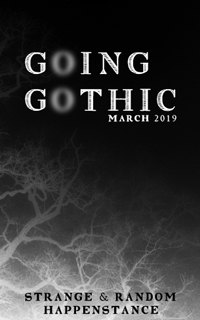
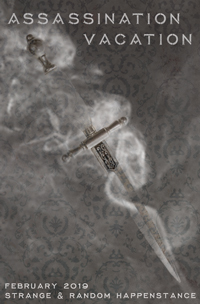
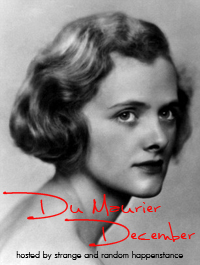
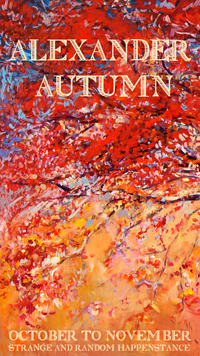





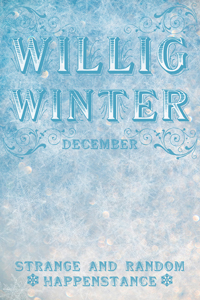




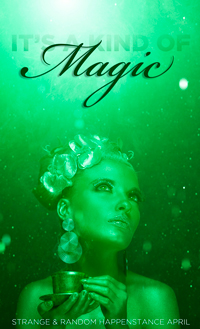
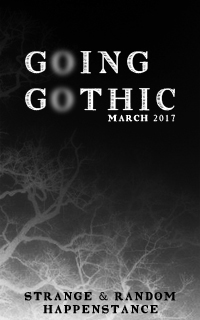

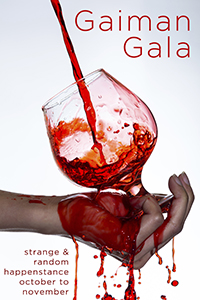
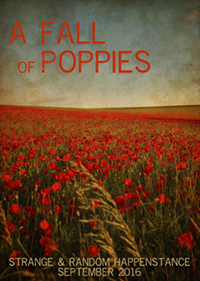



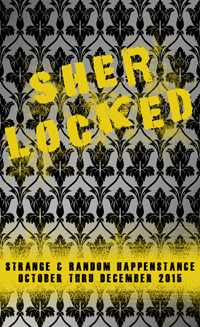


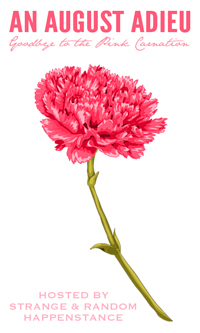




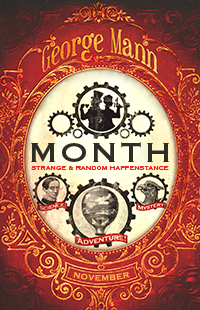






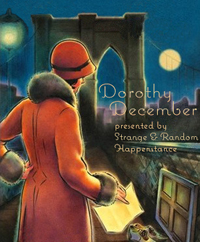






















Post a Comment